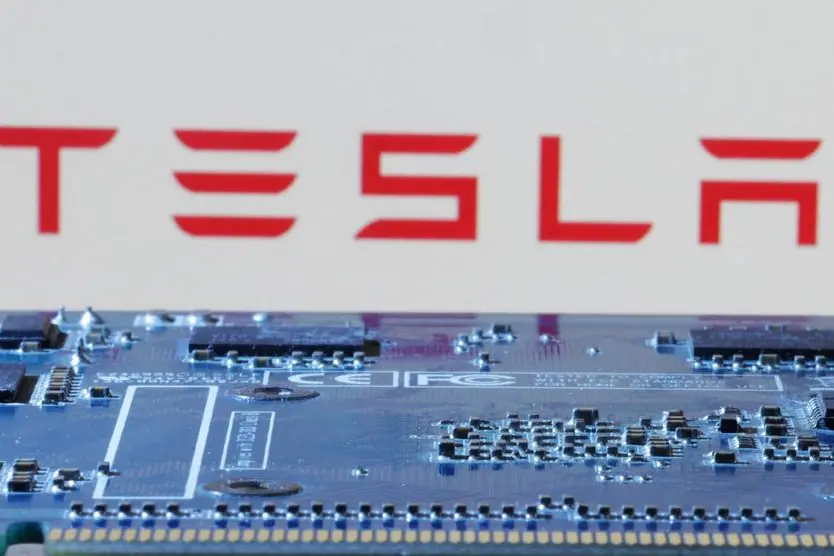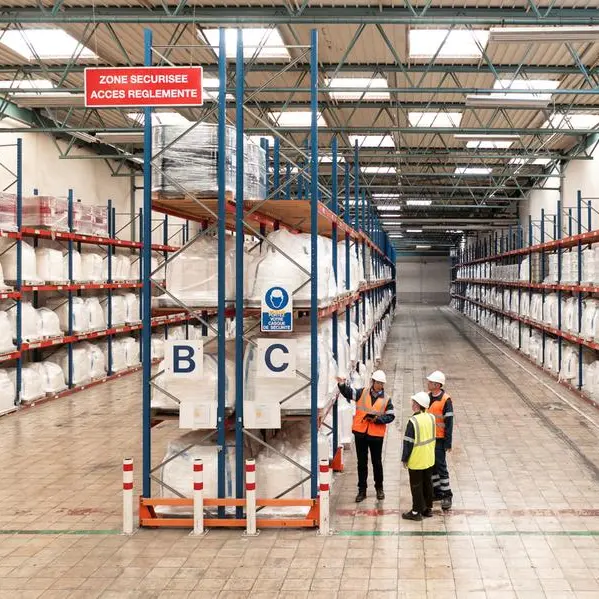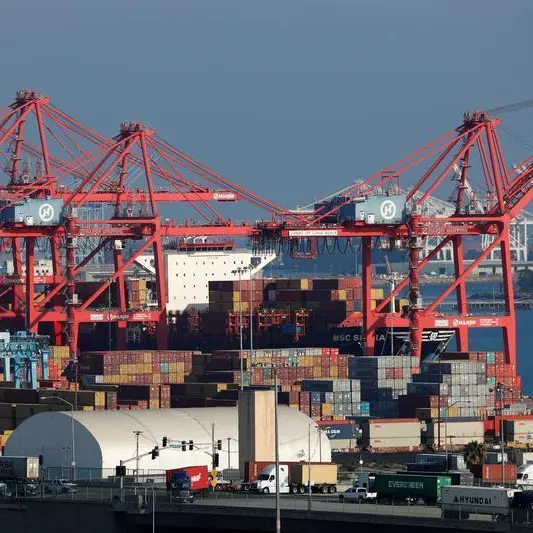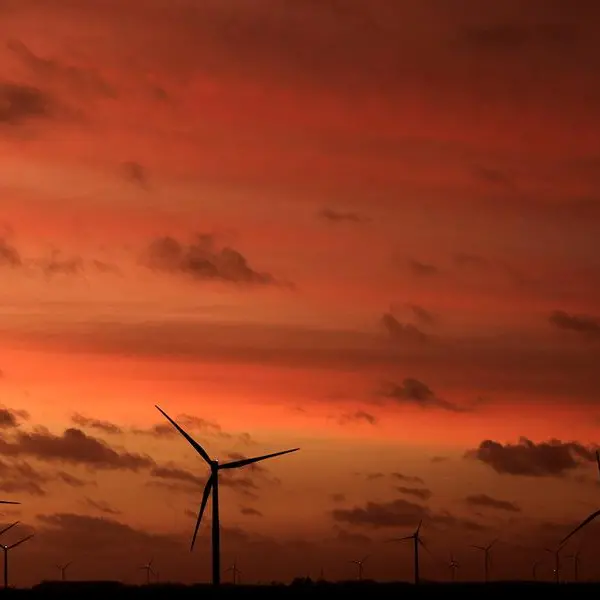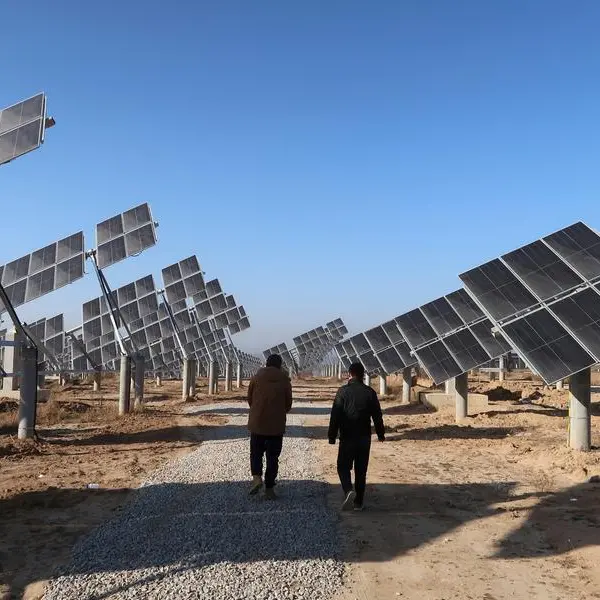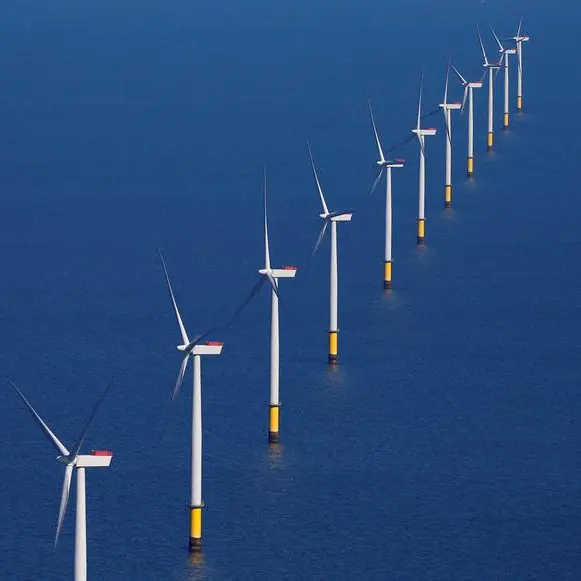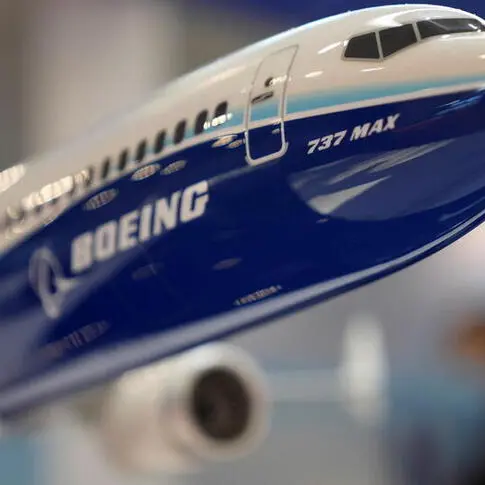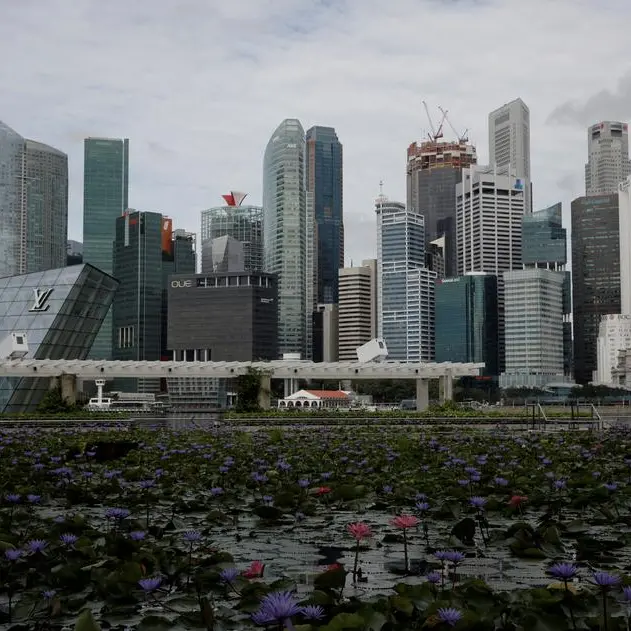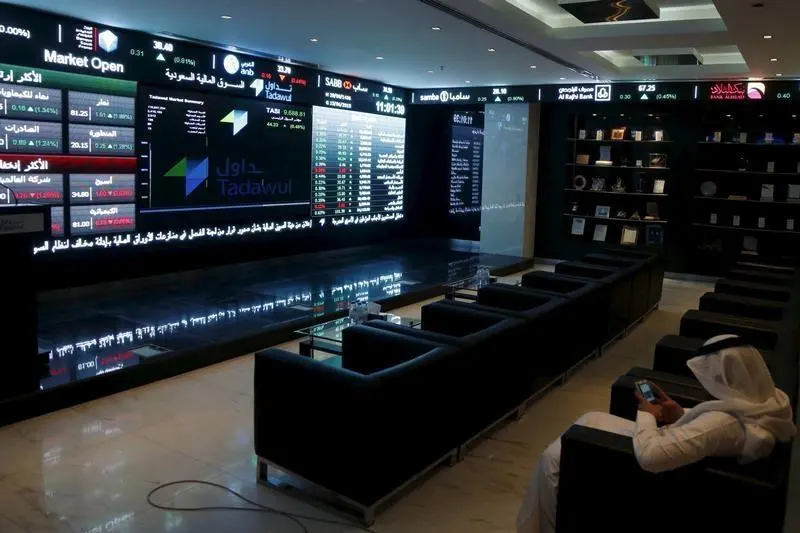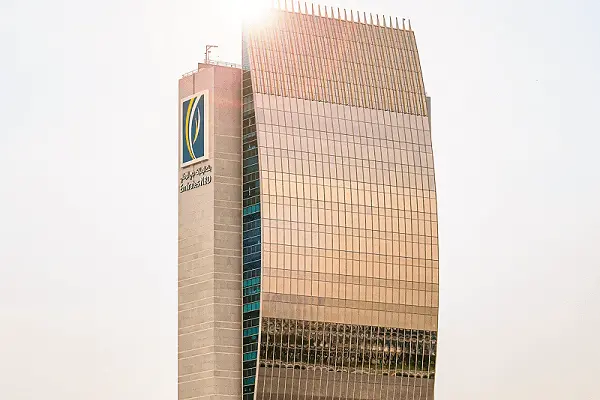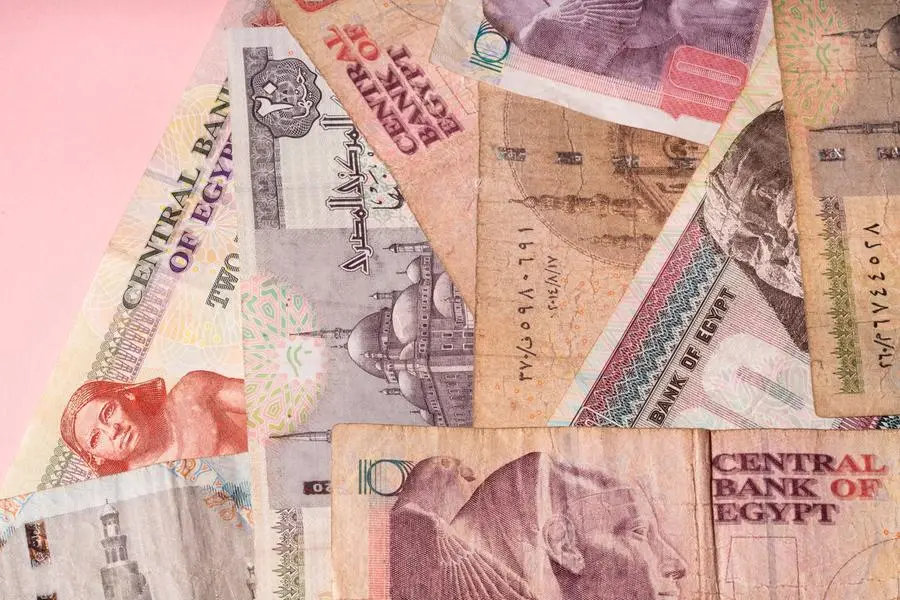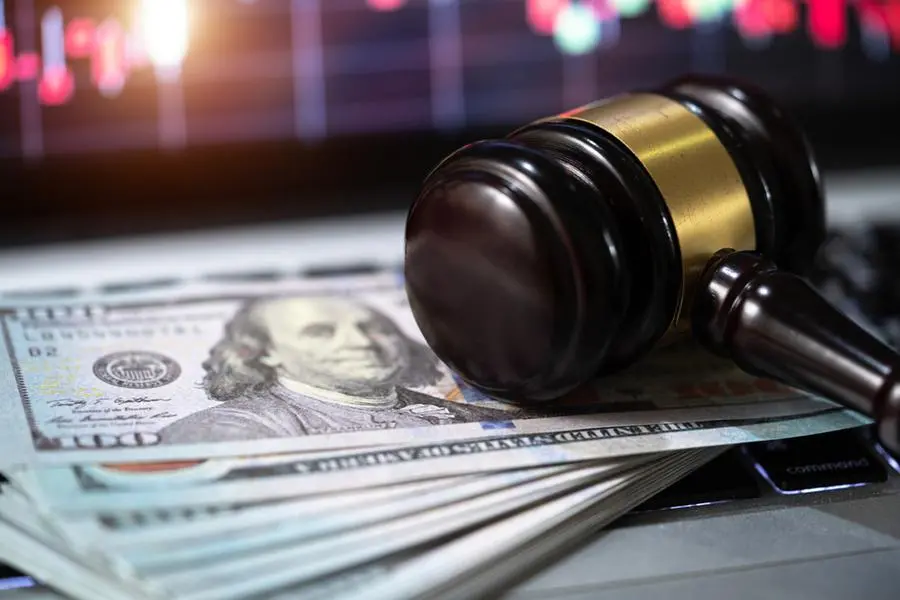PHOTO
Tesla logo is seen near computer motherboard in this illustration taken January 8, 2024. REUTERS/Dado Ruvic/Illustration
Tesla is making a risky bet if it shifts efforts on its small-car vehicle platform to robotaxis as the successful introduction of vehicles that drive themselves is in the distant future, and the technology faces engineering and regulatory hurdles.
Reuters reported on Friday that Tesla has canceled its planned low-cost car and instead will continue developing self-driving robotaxis on the same platform. Musk replied via a post on his X.com platform that "Reuters is lying (again)." He did not identify any specific inaccuracies.
Tesla could not immediately be reached to comment on the timeline behind developing self-driving vehicles, but Musk subsequently said on X: "Tesla Robotaxi unveil on 8/8."
A greater emphasis on robotaxis comes with more risk for the world's largest EV maker due to the complexity of the technology involved, analysts said.
"Everyone else has found out that what they thought was a two or three-year project turns out to be a 10 or 20-year project," said Philip Koopman, a Carnegie Mellon University professor working on autonomous vehicle safety. "Tesla's found that out too."
The development of autonomous vehicles has not been smooth. In a recent example, autonomous driving software firm Ghost Autonomy on Wednesday closed worldwide operations, citing the uncertain path to profits.
Last fall, General Motors' Cruise autonomous unit came under regulatory scrutiny after one of its vehicles hit and dragged a pedestrian, leading the U.S. automaker to slash jobs and cut spending by $1 billion. But GM CEO Mary Barra said in February there were "huge benefits with autonomous technology" and the company had an "incredibly valuable asset."
Tesla's Musk has chosen to develop self-driving vehicles with radar and cameras, and without lidar, a remote sensing technology using pulsed laser light the way radar uses radio waves, and Koopman believes that is "like tying one's hand behind your back."
Anyone developing self-driving vehicles will need to prove it with a year or two of perfect performance, something the industry is nowhere near, he added.
Lidar offers such advantages as the ability to work in any lighting conditions and greater range than cameras, but cameras have greater visual recognition, industry officials have said.
Some Tesla investors and analysts said valuing a robotaxi business for Tesla is much more difficult than a low-cost car.
“Tesla promised all their cars would be fully autonomous eight years ago, and even though they've changed their approach several times during that period, many believe they still remain years away from achieving full autonomy,” said John Krafcik, former CEO of Waymo, Alphabet's autonomous driving technology company.
Tesla’s robotaxi ambitions come amid unprecedented scrutiny from lawsuits and government investigations that are undercutting the automaker’s aggressive claims about the capabilities of its Autopilot and Full Self-Driving driver-assistance systems. Those systems are designed to assist with steering, braking and lane changes, and are not considered autonomous.
Tesla agreed to recall more than 2 million vehicles with Autopilot in December under pressure from U.S. safety regulators and push a remote software update to the system adding more driver alerts, despite disputing the government's safety concerns.
The recall followed a U.S. National Highway Traffic Administration (NHTSA) probe of crashes involving the technology that raised concerns about insufficient safeguards to combat inattentive drivers.
Tesla also faces a U.S. Justice Department criminal investigation over claims the automaker’s vehicles can drive themselves.
Tesla has explicitly warned drivers they must keep hands on the wheel and maintain control of vehicles and that Autopilot does not render its cars autonomous.
Bryant Walker Smith, a University of South Carolina professor with expertise in autonomous-vehicle law, said Tesla vehicles cannot currently support a true robotaxi.
The extra scrutiny Tesla's driver-assistance system faces follows a “multi-year string of unfulfilled promises and highly questionable statements coming from Tesla and its CEO about the capabilities and near-term timelines of automated driving,” he said.
On top of that, Tesla must contend with federal and local rules for taxi fleets and autonomous vehicle testing, industry officials said. The issue of liability in a driverless car also has not been settled.
Depending on the state, developing robotaxis can involve seeking permits for deployment and testing that can later be pulled. The California Department of Motor Vehicles in October suspended a permit for GM's Cruise unit after one of its robotaxis struck and dragged a pedestrian.
U.S. safety officials in 2022 updated certain regulations to provide a path for fully autonomous vehicles to be deployed and tested without traditional manual controls such as steering wheels and pedals. Officials emphasized such vehicles must still provide the same levels of occupant protection as those driven by humans.
But if Tesla can succeed, it would open the industry to more consumers than those who can currently afford pricier Teslas, industry officials said.
Jamie Meyers, an analyst at Laffer Tengler Investments, which holds Tesla shares, is impressed with the automaker's innovation and remains a believer.
"Tesla is more or less there from an engineering standpoint ... and it is a natural adjacency," he said in an email. "And given Tesla’s premium brand association, we think people would be more inclined to participate."
(Reporting by Mike Spector in New York, David Shepardson in Washington, Norihiko Shirouzu in Austin, Texas, Abhirup Roy in San Francisco, and Aditya Soni, Akash Sriram, Jaspreet Singh and Nathan Gomes in Bengaluru, writing by Ben Klayman)
